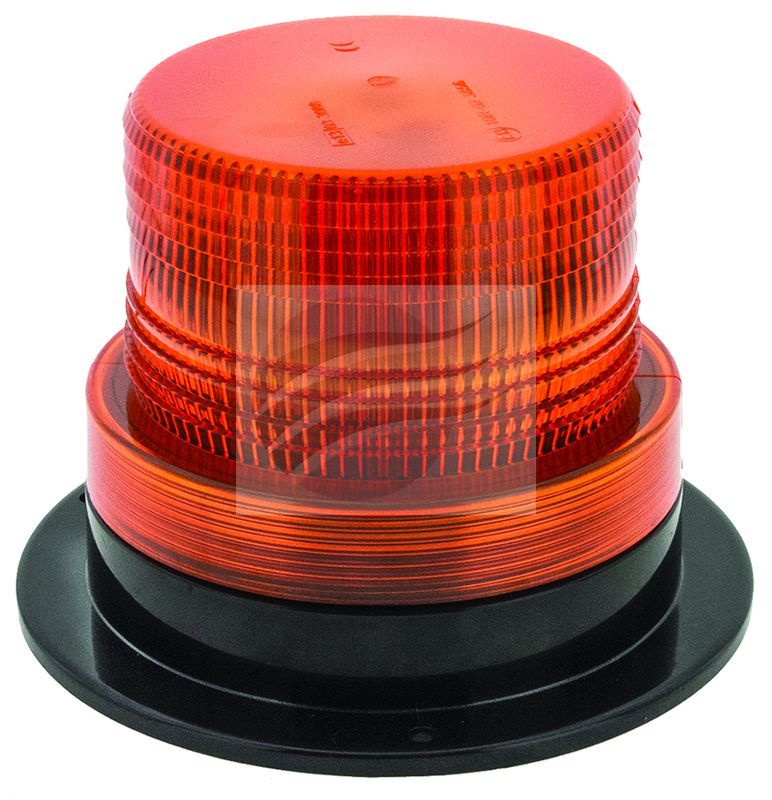Visibility Made Easy and Meeting the Standard7 Jul, 2014 Amber warning lights are always a concern. What type of warning are you providing, is it adequate? Will your lighting interfere with the driver of the vehicles trying to pass around your truck? There are several solutions but the main concerns are: providing the right warning, not interfering with passing traffic and keeping the traffic moving around your truck safely, while not increasing maintenance costs. The automotive industry’s Society of Automotive Engineers, (SAE) has developed a great procedure to test warning light fixtures. They have classified the lights into three categories for light intensity, Class I the brightest, Class II the middle and Class III the dimmest. There are several other requirements established by SAE for warning lights that pertain to moisture, dust, vibration, voltage and electronic standard. Note: no matter what the light source, LED, Halogen, Incandescent or strobe, the test is the same. The standard calls out test measurements from the light source at five different angles at a distance of 34 meters. These angles are: HV point, which is the centre point of the lens both vertical and horizontal, 2.5 degrees up and down from the HV point, and 5 degrees up and down from the HV points (refer to diagram). These measurements are used for all three intensities of the SAE classifications Class I, Class II and Class III. In interpreting these intensity measurements it is clear that the more light you have the stronger the signal to the oncoming traffic. Intensity provides us with how far we are reaching out with the light. The angles provide us the location of where we are sending the light and its impact to the oncoming vehicles. The intensity is measured in candela. This dispersion is very narrow, only a 10 degrees in spread in the light. A majority of the light is at the horizontal/ vertical (HV) point. For a Class I Amber light the test point measurements are: HV 8100 candela, 2.5 degrees up and down only 4050 candela and the 5 degrees up and down at 900 candelas. This is very interesting as you can see the 2.5 degrees up and down is half of the value of the HV. Even a greater reduction in intensity, is at the 5 degree test points with about 12 percent of HV test value. The value in this requirement is, at a distance the light provides a bright warning, and as you approach the vehicle, with the warning light, the flash appears to be getting dimmer. You are passing through the bright light spread provided by the HV point and entering into the 2.5 and eventually the 5 degree test points. With the light mounted on the vehicle above or below the average passenger car windshield, the oncoming driver will get out the warning lights brightest intensity points and not lose sight of the perimeter of the vehicle with the warning light. You must also take into consideration the speed of the vehicle the warning light is attached to. A general rule of thumb is to compare the vehicles function, if the vehicle is not moving in traffic but parked alongside the road, a Class III light may be adequate. Vehicles moving with the traffic but not at the speed of the traffic a Class II may be adequate. Vehicles moving at the speed of traffic should use a Class I. Many fleets and some states are requiring a Class I light be used on all road construction vehicles. Knowing the value in having a SAE approved warning light that meets the light spread and intensity required by the standard, you realise it is not the type of LED, number of LED’s or any other marketing made specification that matters. The key is does the light meet the standard for the light output in each of the 5 angles? For more information, Click here or contact your local CoolDrive representative today! |


|


